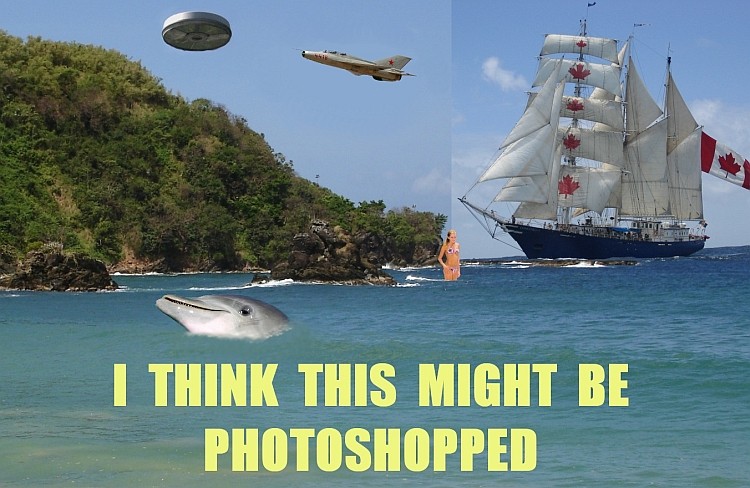- Joined
- Feb 11, 2009
- Messages
- 505
- Points
- 0
Hey guys,
I've been busy this summer so I haven't been on LPF but I was reading Sam's Laser FAQ and saw this:
"DPSS Ruby Lasers? While this is theoretically possible, the absorption bands of ruby (404 to 554 nm) do not match any currently readily available inexpensive high power laser diodes. They are all in the infra-red range, mostly around 808 nm and 980 nm. The relatively high power visible laser diodes are very expensive and these are 635 nm and longer wavelength. I don't know how far it would be possible to shift the wavelength by cryogenic cooling (0.3 nm per °C) and that might create other problems. Perhaps once violet or blue laser diodes are developed in high power versions, this situation will change."
When Sam says 404nm, does he mean that it NEEDS to be exactly 404nm, or could one possibly use 405nm diode(s) to do this? How much power is he talking about? If "only" a watt or two is needed, couldn't one combine the light from an array of 8x diodes to make this setup possible? I WANNA SEE A DPSS RUBY LASER!!!
Sorry if this has already come up in conversation.
I'm especially looking for an answer from someone very knowledgable (like pullbangdead )
)
I've been busy this summer so I haven't been on LPF but I was reading Sam's Laser FAQ and saw this:
"DPSS Ruby Lasers? While this is theoretically possible, the absorption bands of ruby (404 to 554 nm) do not match any currently readily available inexpensive high power laser diodes. They are all in the infra-red range, mostly around 808 nm and 980 nm. The relatively high power visible laser diodes are very expensive and these are 635 nm and longer wavelength. I don't know how far it would be possible to shift the wavelength by cryogenic cooling (0.3 nm per °C) and that might create other problems. Perhaps once violet or blue laser diodes are developed in high power versions, this situation will change."
When Sam says 404nm, does he mean that it NEEDS to be exactly 404nm, or could one possibly use 405nm diode(s) to do this? How much power is he talking about? If "only" a watt or two is needed, couldn't one combine the light from an array of 8x diodes to make this setup possible? I WANNA SEE A DPSS RUBY LASER!!!
Sorry if this has already come up in conversation.
I'm especially looking for an answer from someone very knowledgable (like pullbangdead





